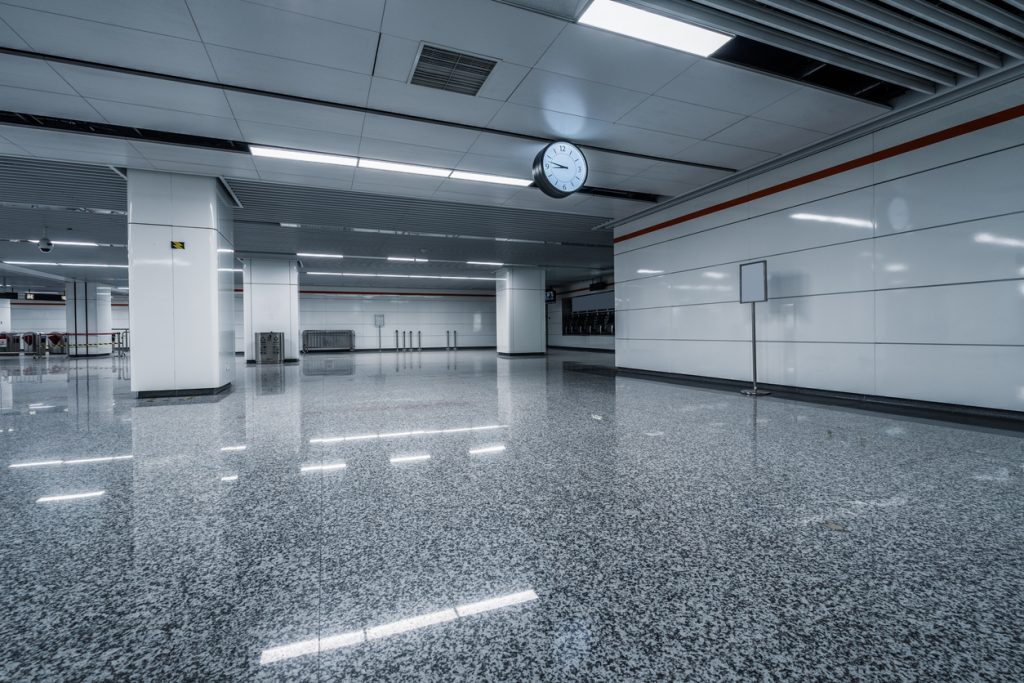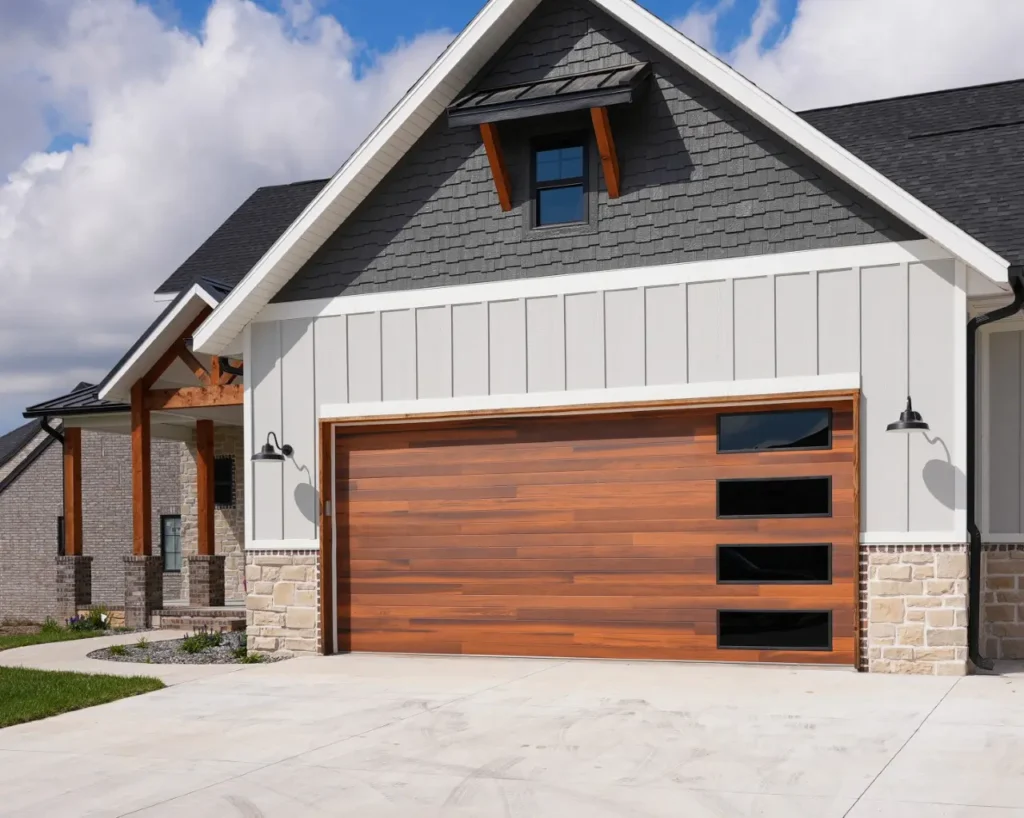Garage Floor Omaha NE can be a challenging task, but with the right approach, tools, and a bit of elbow grease, you can effectively remove them.

Here’s a detailed guide to help you tackle those stubborn oil stains and restore the cleanliness of your garage floor.
1. Act Quickly: The key to successfully removing oil stains from a garage floor is to act quickly. The longer the oil sits on the surface, the more difficult it becomes to remove. As soon as you notice a spill, begin the cleaning process.
2. Gather Your Supplies: Before you start cleaning, gather all the necessary supplies. You’ll need:
- Absorbent materials such as cat litter, sawdust, or baking soda
- Liquid dish soap or a specialized concrete cleaner
- Stiff-bristled brush or scrubbing pad
- Protective gear including gloves and goggles
- Pressure washer (optional)
3. Absorb Excess Oil: Start by covering the oil stain with a generous amount of absorbent material like cat litter, sawdust, or baking soda. These materials will help soak up the excess oil and prevent it from spreading further.
4. Allow Time to Absorb: Let the absorbent material sit on the stain for at least 30 minutes, allowing it to absorb as much oil as possible. For older stains, you may need to leave it on for several hours or overnight.
5. Sweep or Vacuum: After the absorbent material has had time to work, sweep or vacuum it up. Dispose of it properly according to local regulations for hazardous waste.
6. Apply Cleaner: Once the excess oil has been absorbed, it’s time to apply a cleaner. You can use liquid dish soap diluted in water or a specialized concrete cleaner according to the manufacturer’s instructions. Apply the cleaner directly to the stained area.
7. Scrub the Stain: Using a stiff-bristled brush or scrubbing pad, scrub the stained area vigorously in a circular motion. Focus on breaking up the oil and lifting it from the surface of the concrete. You may need to apply additional cleaner as you scrub.
8. Rinse Thoroughly: After scrubbing the stain, rinse the area thoroughly with clean water. You can use a hose or a pressure washer for this step if available. Make sure to remove all traces of the cleaning solution.
9. Repeat if Necessary: Stubborn oil stains may require multiple rounds of cleaning. If the stain persists after the first attempt, repeat the process until you achieve satisfactory results.
10. Allow to Dry: Once the stain is removed, allow the garage floor to air dry completely before using the area again. This may take several hours depending on the weather conditions.
11. Prevent Future Stains: To prevent future oil stains, consider using a garage floor sealer or epoxy coating. These products create a protective barrier that makes it easier to clean up spills before they become stains.
12. Regular Maintenance: Make it a habit to inspect your garage floor regularly for any signs of oil leaks or spills. Address them promptly to prevent them from becoming stubborn stains in the future.
13. Dispose of Waste Properly: Dispose of any leftover cleaning materials, such as used absorbents or contaminated water, according to local regulations. Many municipalities have specific guidelines for disposing of hazardous waste.
14. Safety Precautions: Always wear gloves and goggles when handling cleaning chemicals or working with a pressure washer. Additionally, ensure adequate ventilation in the garage to avoid inhaling fumes from cleaning products.
15. Professional Help: If you’re unable to remove the oil stain on your own or if it’s particularly stubborn, consider hiring a professional cleaning service that specializes in concrete stain removal.
By following these steps and tips, you can effectively clean oil stains from your garage floor and maintain a clean and safe environment in your home. Remember to act quickly, use the right tools and cleaning products, and take preventive measures to minimize future stains.
The Garage Floor Company Omaha
15125 Industrial Rd, Omaha, NE 68144, United States
1-402-576-5599




